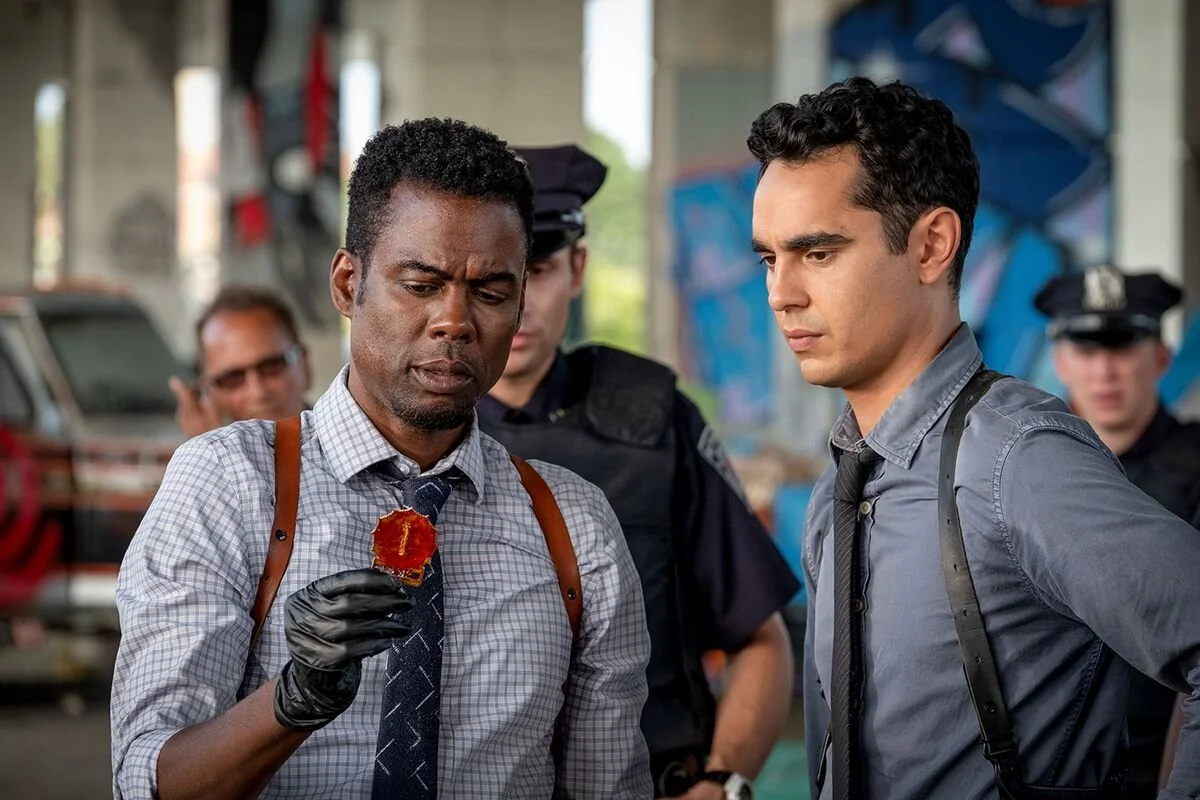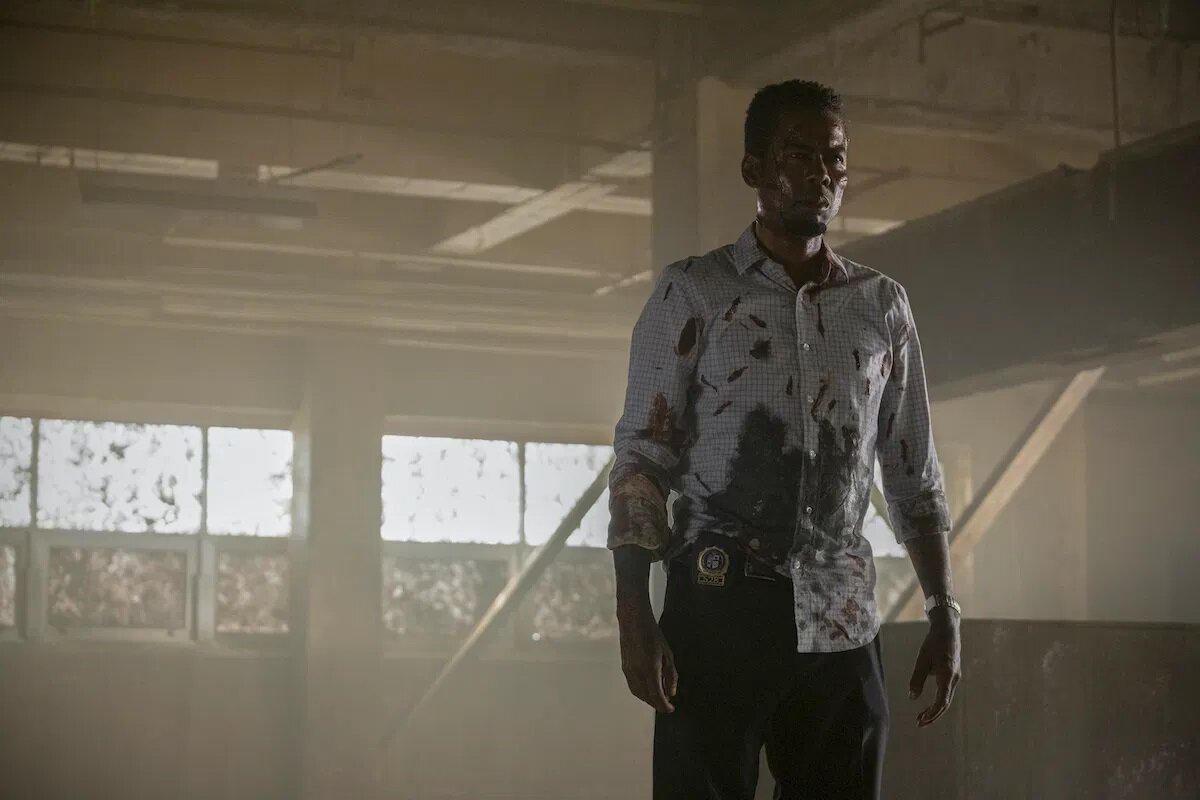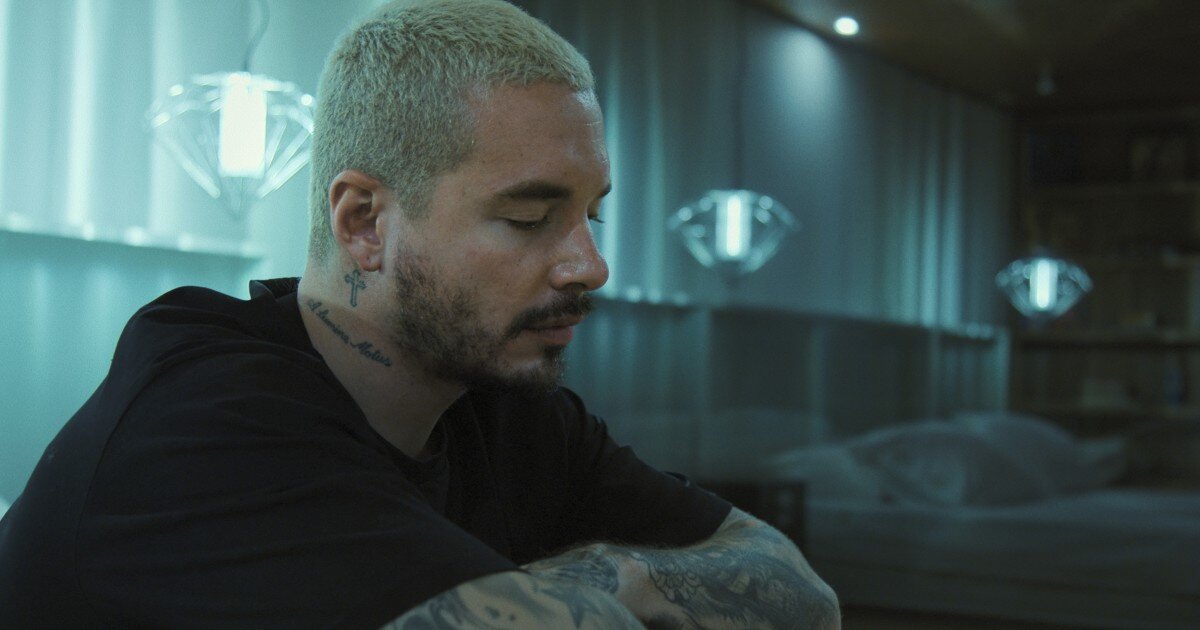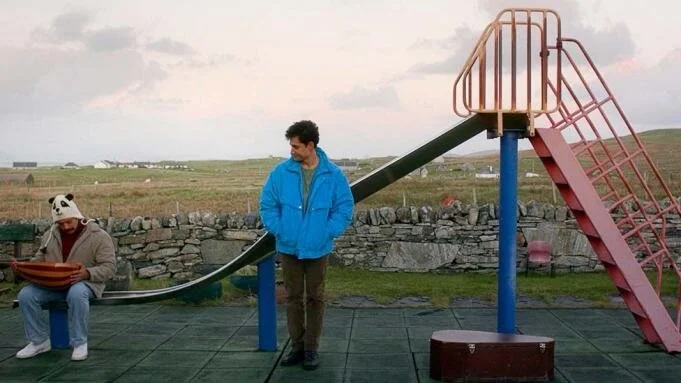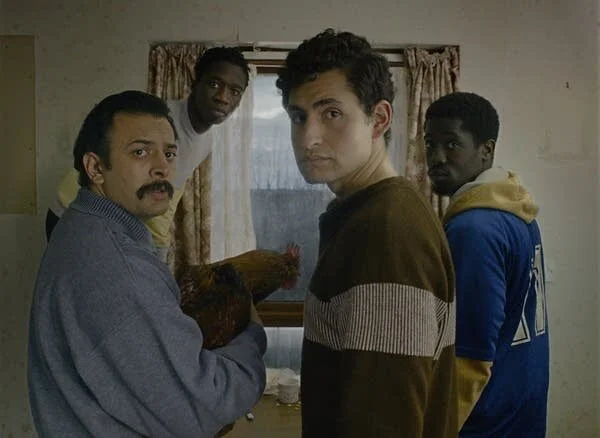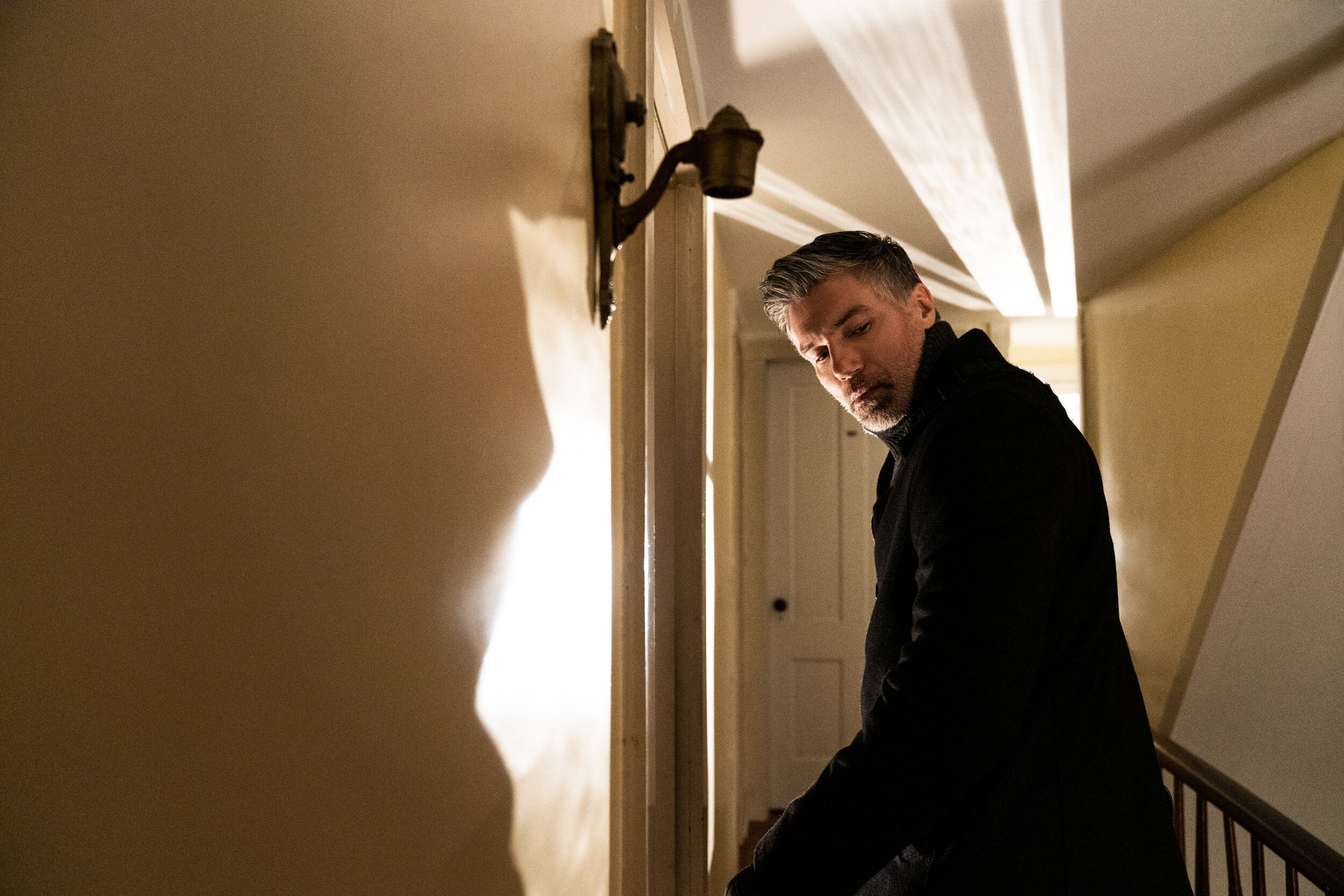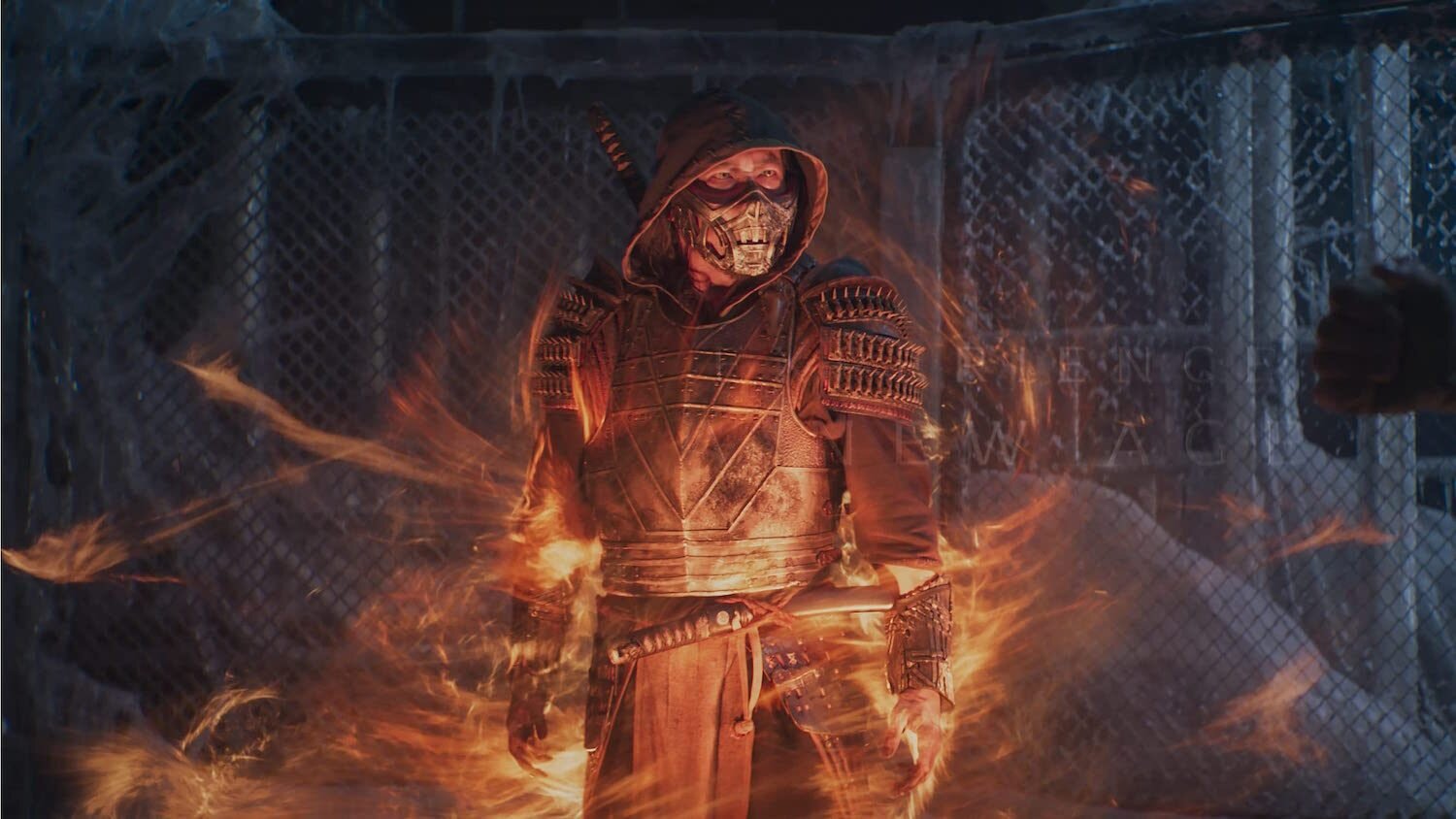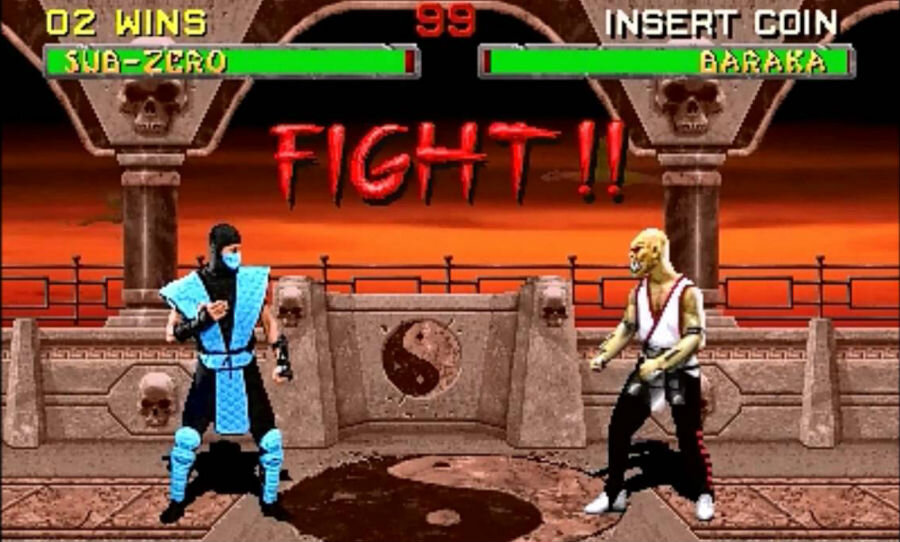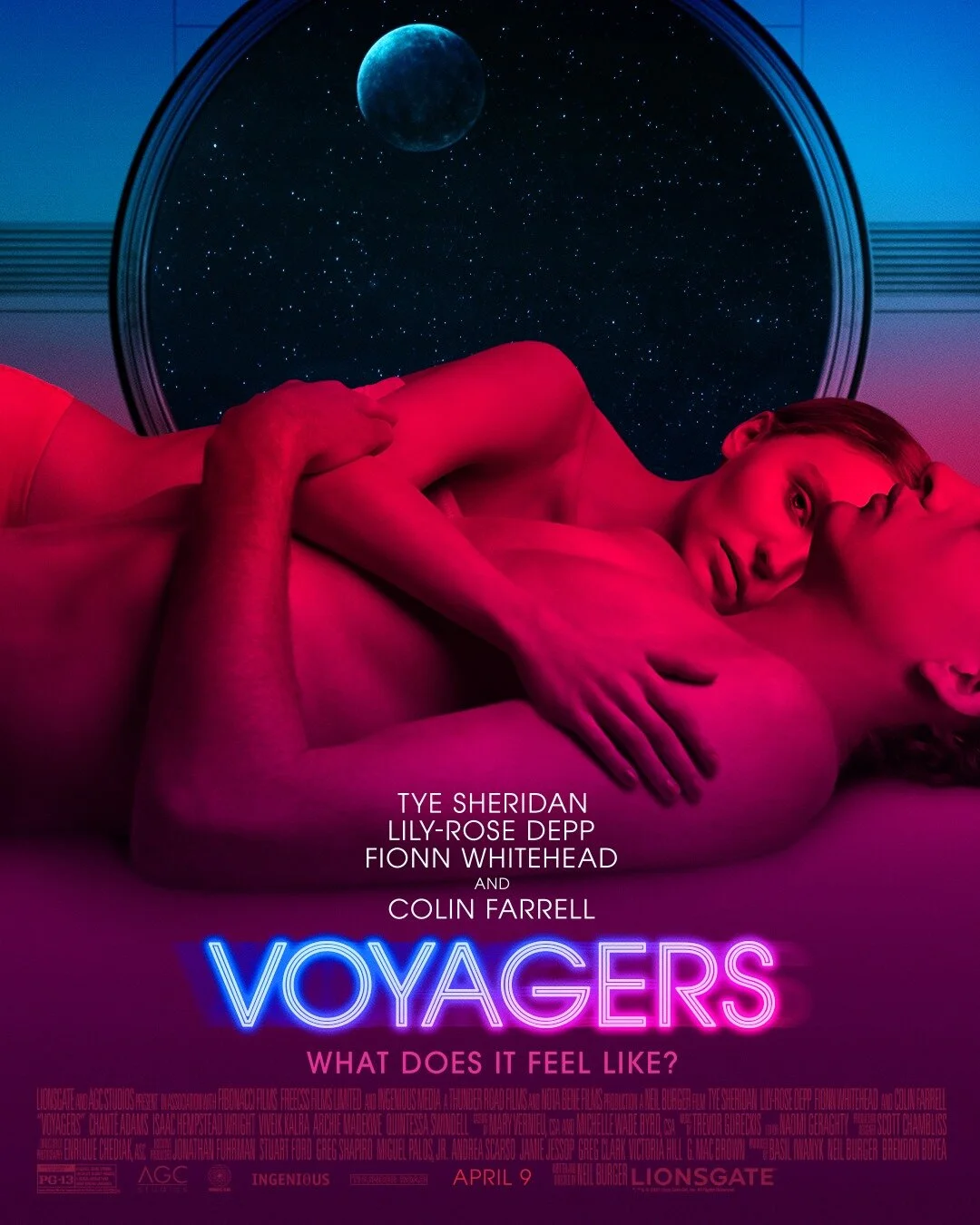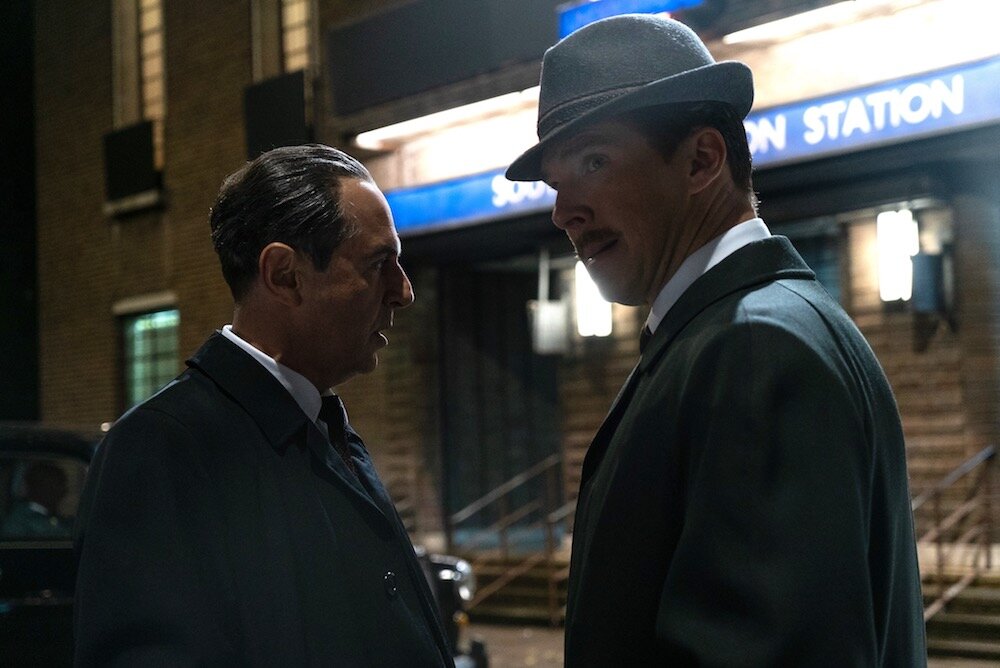by Jen Johans
With his mischievous wit, jaw-dropping athleticism, and old-fashioned charm seducing us right from the start of his very first movie – writer-director Guy Ritchie's auspicious 1998 feature filmmaking debut "Lock, Stock and Two Smoking Barrels'' – enigmatic British actor Jason Statham taught viewers to expect the unexpected whenever he hit the screen. But, unable to be pigeonholed as one specific thing in an industry that thrives on packaging people like products to be marketed, sold, and moved with the same felicity as a bottle of salad dressing, Hollywood has never quite figured out what to do with the unique skill-set of Jason Statham.
Equally at home in comedic, dramatic, and action-focused fare, Statham's ease and dexterity in conveying emotion and information both verbally and nonverbally have, in the years following his last film with Ritchie in 2005's "Revolver" made him something of a half Cary Grant, half Jackie Chan, twenty-first-century unicorn film star. Serving up different sides of himself in everything from "The Bank Job" to the "Fast and Furious" franchise to "Spy," while he's consistently done good work, the 2010s found Statham playing a few too many interchangeable smartass badasses as he coasted from one hit-or-miss action movie to the next.
Having left the clever ensemble oriented crime dramedies that first put him on the map behind, as it turns out, Statham's situation is remarkably similar to the one faced by Guy Ritchie who's struggled to put his own stamp on summer studio tentpoles like "King Arthur" and "Aladdin" in recent years. Now, with the two old friends who first hit fame alongside one another a generation ago agreeing to re-team for a smaller and more intimate, but nonetheless compelling character-driven action film, they've both made the bold decision to address their creative habits and strip their work back to its essence in the stealthily efficient '70s style heist revenge movie "Wrath of Man."
Based upon the 2004 French film “Le convoyeur” aka “Cash Truck” from director Nicolas Boukhrief, which Ritchie adapted alongside his frequent screenwriting collaborators Marn Davies and Ivan Atkinson, “Wrath of Man” is a sharp left-hand turn for the British helmer away from the hyper-kinetic brand of filmmaking most synonymous with his name.
Gone here is Ritchie's obsessive kid in a candy store aesthetic of near eye-twitching levels of fast-motion stimuli, which at its best, dazzled viewers and worst, drove us to distraction right along with his penchant for camera trickery. In in its place, he's placed greater emphasis on his man-on-a-mission character-centric storytelling, which makes sense for this tale about a mysterious man (Statham) who walks in off the street and gets a job working for a frequently hijacked L.A. armored car company, only for us to discover that his reasons are far more personal than they are professional.
Taking an unexpectedly understated approach, for the film's first act, I could barely distinguish the U.K. based director of this film from men like Steven Knight or Simon West who'd helmed other vengeance fueled works of this type like “Redemption” and “The Mechanic” for Statham in the late aughts to early '10s. And while initially, it feels more like Ritchie is a director for hire than say, the man that made the newest versions of “Sherlock Holmes” and “The Man From Uncle,” I like how secure he is as a more mature filmmaker to know that the last thing this film needs is a bunch of sudden jump-cuts or shots from the point-of-view of bullets being fired from a machine gun. Ritchie’s strength here is in knowing who, what, and why we’re watching and getting us so lost in the story that when he finally decides to let us behind the curtain, we’re hooked.
Unwilling to mug for the camera or flash that megawatt smile that sometimes makes it impossible to separate a Statham character from the man himself, Ritchie's more restrained technique compliments the quiet power of his leading man very well.Uncovering the real reason why Statham's protagonist joined the armored car company, when the film finally abandons its early over-reliance on male bravado as its employees (played by Holt McCallany and Josh Hartnett) try sizing up the new guy, we begin to see “Wrath of Man” for the bare-bones revenge film that it is.
A terrific director of actors who's known for his ability to attract stellar talent from all corners of the globe, one of the best things about Ritchie's latest work is the trust and patience he places in his cast to reel us in. Developing slowly like a Polaroid that Ritchie's unwilling to shake, once “Wrath” introduces its second group of characters led by Jeffrey Donovan (who's been tacitly doing some of the best work of his career recently elevating even B-movies like “Let Him Go” and “Honest Thief”), we see precisely why everyone said yes to this remake.
Becoming as involved in Donovan's morally complicated plight as we are in Statham's as though they're two flip-sides of the same coin, it's the actors who invest us in watching what (on paper, at least) would otherwise be an admittedly standard heist drama unfold. Featuring a chilling turn by Scott Eastwood (visibly relishing the opportunity to star in the kind of film his father would've certainly gravitated to in the '70s), “Wrath of Man” is a crackerjack B-movie that works so much better than it should because of the A-talent involved on both sides of the screen. And as one of the film's screenwriters, Ritchie understands this well.
Reuniting with his old friend Statham who, in shifting from one genre to the next over the years, lives to astonish, “Wrath” finds the two in the mood to reevaluate just what it is they can and should bring to a film when they're planning a stripped-down heist as opposed to an over-inflated tentpole.
Relatively straightforward both stylistically and narratively, save for a few flourishes because Guy is Guy after all and he loves to turn a straight line into a maze, “Wrath of Man” might not be what most people would think of when you hear the name Guy Ritchie, but this only works to the film’s advantage. Playing against audience expectations Statham-style, while this is one stellar vehicle for the movie star he put on the map, the biggest surprise of all in “Wrath of Man,” is that twenty-three years after “Lock, Stock,” Guy Ritchie is introducing himself to the world once again, saying, “Okay, you've seen that. Now, look what else I can do.”

